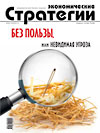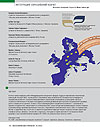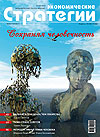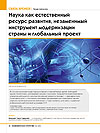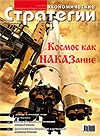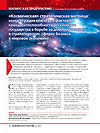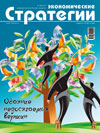
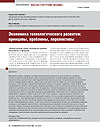
The article dwells on the basic principles and problems of technological development that arise from the specifics of certain technologies. The choice of technological capabilities at the individual and firm level cannot comply solely with the investment logic of decision-making, as the technologies life cycle includes unpredictable effects that can significantly improve the return, which cannot be anticipated at the initial point of transition from one technological opportunity to another. Technologies are characterized by special properties, which have a decisive influence on the course of technological development. And these properties are not characteristic for other types of goods, this fact fundamentally distinguishes formation of demand for new technologies and affects the options for their use. Any technology consists of a kind of nucleus and variable periphery, is characterized by various kinds of animation effects and can also be an integral element of the combinatorial effect in the sphere of technologies. Owing to this “frame” that defines the structure of technology, it acts as a kind of a rule that determines the behavior of agents and conditions for developing the service infrastructure. Existing models of economic growth do not fully take into account the microeconomic institutional properties of technology, creating a pseudo-correct image of technologies’ impact on the system’s growth. In this regard, formation of the theory framework for the economic system processability will provide the necessary guidance in describing and investigating technological and institutional changes and economic growth, which are highly dependent on them. The aggregate productivity of factors also becomes to a significant degree a system parameter, dependent on overall technological applicability and institutional changes. The article describes the main characteristics of functioning of the fundamental research sector, which acts as the generator of all subsequent technological changes in a long range of economic development.
Продолжить чтение


